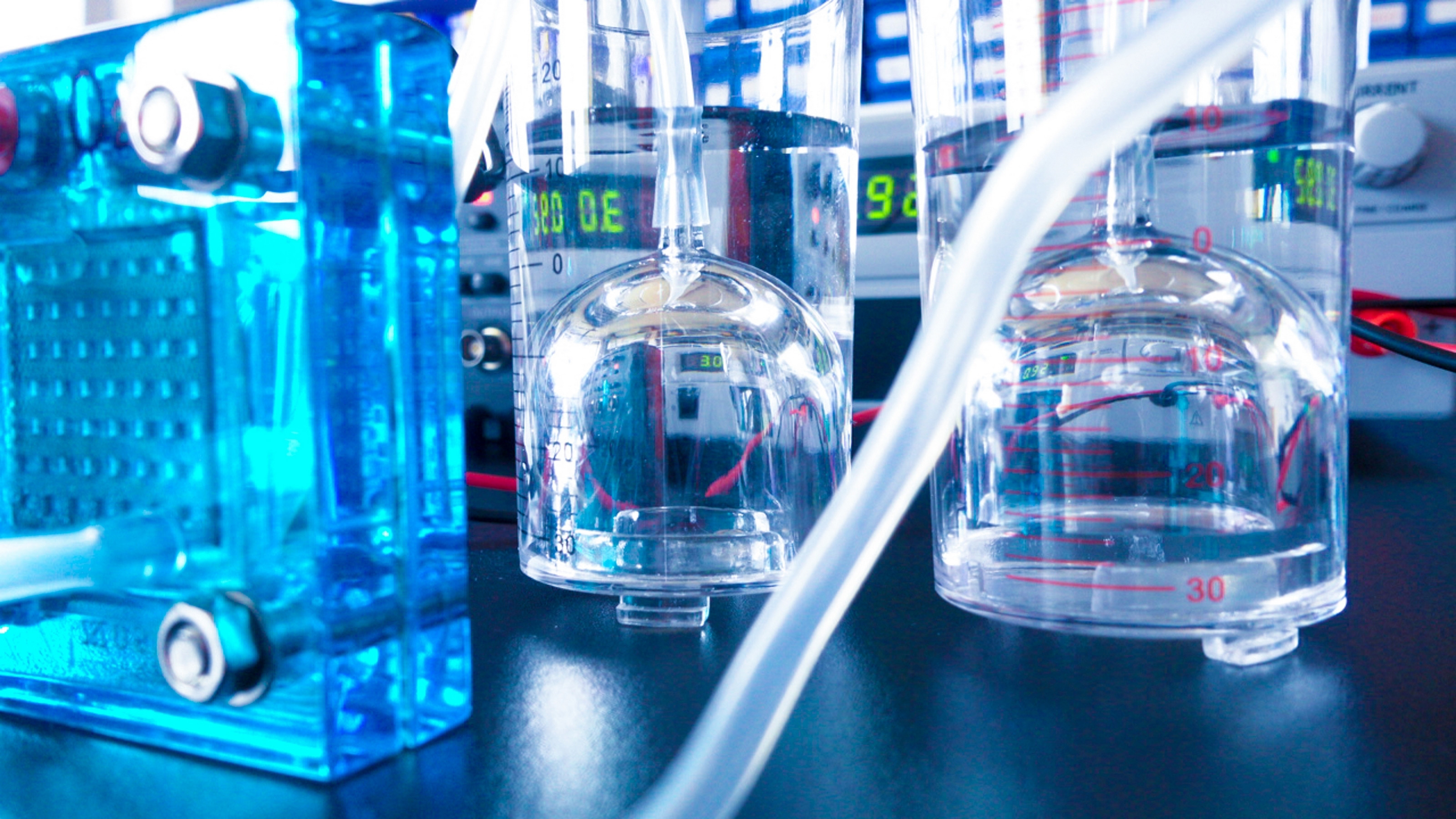Unraveling the mystery of energy transference in lithium-ion batteries
05/23/2019 / By Edsel Cook

Researchers finally figured out the reason why lithium-rich batteries lose voltage and capacity every time they charge and discharge. Their discovery could help reduce or even eliminate the problem from future lithium-ion cells, thereby improving the lifespan and efficiency of a lithium-rich unit.
A lithium-ion battery charges and discharges itself by transferring ions back and forth between its anode and cathode. A cell that can gather and release higher amounts of lithium ions will be able to store more energy.
Existing battery materials are limited to discharging just half of their storage capacity of ions. One way to get around this issue is to enrich the cathode of a battery with additional lithium ions. The resulting lithium-rich battery can store more energy than a conventional one of the same size.
However, the lithium-rich cathode suffers from a unique issue. Its energy storage capacity and voltage go down with every charge and discharge cycle it undergoes. As such, the performance of a lithium-rich battery goes down rather quickly. (Related: Powerful lithium-air batteries may soon “take batteries to the next level,” reveals study.)
Lithium-rich batteries have twice the voltage and capacity of normal cells
Researchers at Stanford University led a concerted effort to determine the cause of this performance issue in lithium-rich cells. They likened the cycling of lithium ions through a battery to a sponge relay race, where players have to move water from one bucket to another via a sponge.
In that context, a lithium-rich cathode is the equivalent of a very absorbent sponge. It can absorb almost twice as many lithium ions as a common cathode, which means it can also store twice the amount of energy.
The smaller size of lithium-rich batteries makes them perfect for smartphones and other energy-intensive mobile devices. They can also enable electric vehicles to travel longer distances before needing a recharge.
Many designs for lithium-ion cathodes – including the lithium-rich ones – feature interspersed layers of lithium and transition metal oxides. When a lithium ion moves from the cathode to the anode, it grabs an electron from a transition metal atom that it passes by.
This movement of electrons produces the necessary electrical current and voltage for charging the battery. And this is where things fall apart for lithium-rich batteries.
Researchers discover the cause for the degradation of lithium-rich cathodes
“An unusual feature of lithium-rich cathodes is that the electron comes from the oxygen rather than the transition metal,” explains SLAC National Accelerator Laboratory researcher Michael Toney, the co-author of the study. “This process, called oxygen oxidation, enables cathodes to extract about 90 percent of the lithium at a high enough voltage that it boosts the energy stored in the battery.”
Oxygen oxidation changes the structure of a lithium-rich cathode during each cycle of charging and discharging. The alterations cause the cathode layers to fall apart.
An earlier study conducted by the same Stanford-led research team showed that transition metal atoms replaced the lithium ions that move out of the cathode during a cycle. The unwanted substitution altered the atomic structure of the electrode, which degraded the layered structure that gave the battery its higher performance.
In the new study, Toney and his colleagues found that taking the electron from an oxygen atom causes that same atom to create a replacement bond. Transition metal atoms are forced to adjust their position so that they could form the substitute bond with their oxygen counterparts. As they move, they change the atomic structure and properties of the cathode.
The researchers are looking for ways to preserve the structure of the lithium-rich cathode while still enabling the process that generates electrical voltage.
Sources include:
Tagged Under: breakthrough, energy storage devices, future science, future tech, innovation, inventions, lithium batteries, lithium-ion battery, new tech, science and technology
RECENT NEWS & ARTICLES
COPYRIGHT © 2017 FUTURETECH.NEWS
All content posted on this site is protected under Free Speech. FutureTech.news is not responsible for content written by contributing authors. The information on this site is provided for educational and entertainment purposes only. It is not intended as a substitute for professional advice of any kind. FutureTech.news assumes no responsibility for the use or misuse of this material. All trademarks, registered trademarks and service marks mentioned on this site are the property of their respective owners.



















